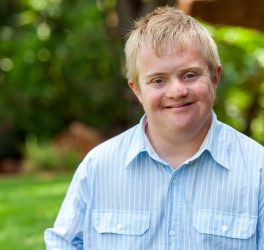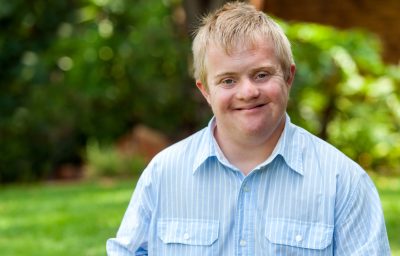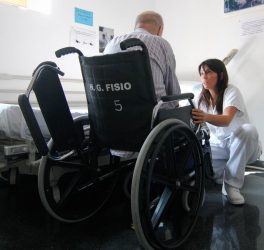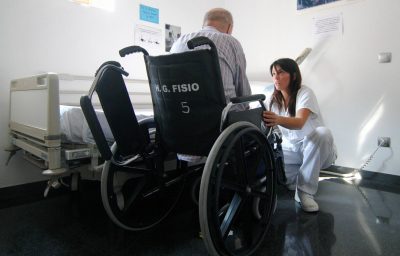
Researchers at the University of Oregon and mental health specialists at PeaceHealth are collaborating to help develop targeted treatments for high-risk adolescents and young adults with schizophrenia.
Part of an ambitious $52 million grant from the National Institutes of Health (NIH) led by the Yale University Department of Psychiatry, the UO-PeaceHealth collaboration is one of 27 teams across the country and the only one from the Northwest in the new consortium, the Psychosis Risk Outcomes Network, or ProNET.
“Being able to be a part of a consortium this large to harmonize measures and collaborate with researchers around the world represents a unique opportunity to study this at a scale that has not been done before,” said Fred Sabb, the principal investigator for the Oregon site and a research associate professor in the Prevention Science Institute as well as assistant vice president for research facilities. “Our hope is that this study could lead to more directed, more personalized treatment of schizophrenia.”
The UO’s partnership with PeaceHealth will allow the university to take schizophrenia research to a new level, Sabb said. By connecting university researchers with PeaceHealth’s front-line medical personnel who are delivering services, investigators will better understand the diagnosis and the causes of the disease with an eye toward improving treatment.
The UO will try to understand how the brain changes for at-risk adolescents to better develop diagnostic and treatment strategies using magnetic resonance imaging at the UO’s Lewis Center for NeuroImaging and an electroencephalogram in the UO’s Department of Human Physiology. PeaceHealth’s primary role in the research will be identifying and recruiting patients and administering psychological, cognitive and medical assessments.
The patients involved in the study will receive both MRI and EEG scans. The MRI provides localized images of the parts of the brain that are active and the EEG offers information about rapid changes in brain activity.
“They really complement each other well and together they can provide us with a more complete picture,” said Nicki Swann, an assistant professor in the Department of Human Physiology overseeing the EEG recordings conducted during the study. “This project has the potential to do some real good and I’m excited to be a part of it.”
According to the NIH, schizophrenia is one of the 15 leading causes of disability worldwide. It is characterized by alterations to a person’s thoughts, feelings and behaviors, which can include a loss of contact with reality known as psychosis. These symptoms typically emerge in adolescence or early adulthood and, if untreated, can be persistent and disabling; individuals with the disorder are at increased risk of premature death relative to the general population.








